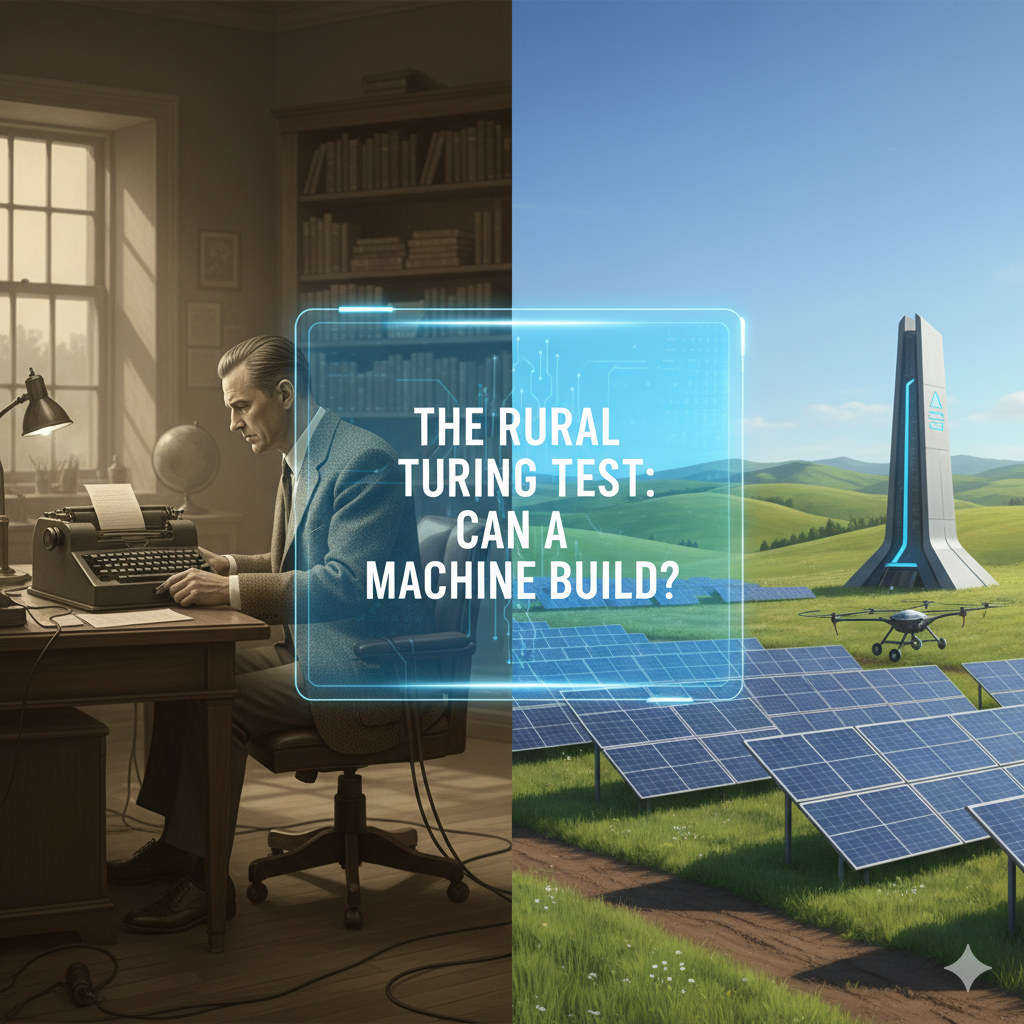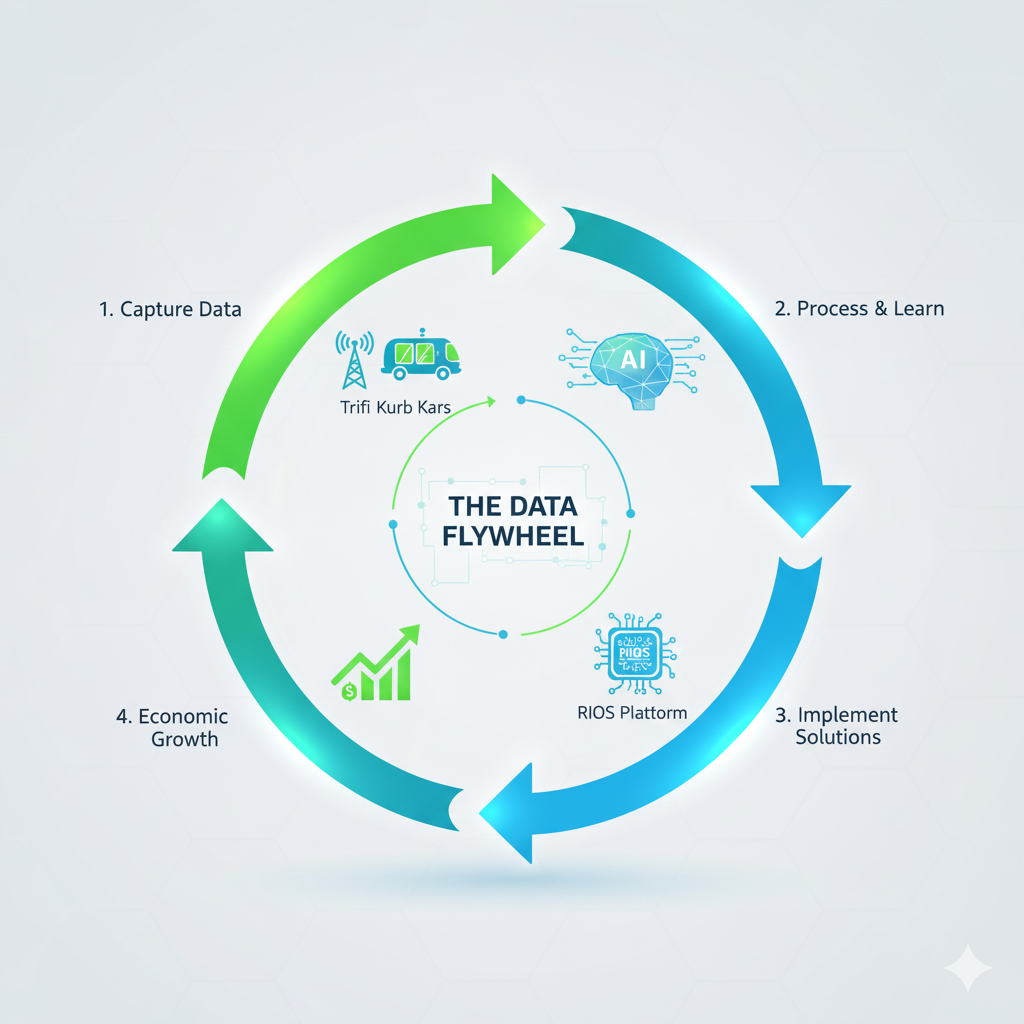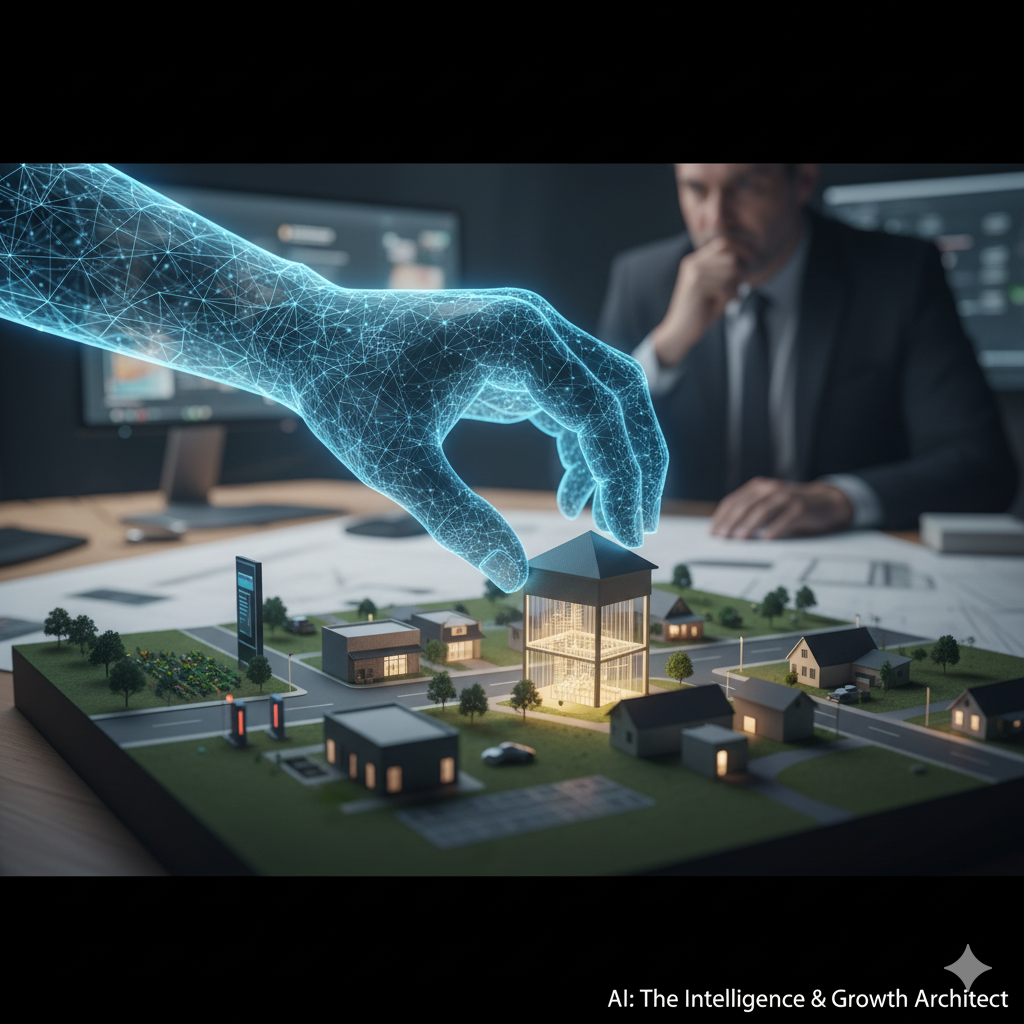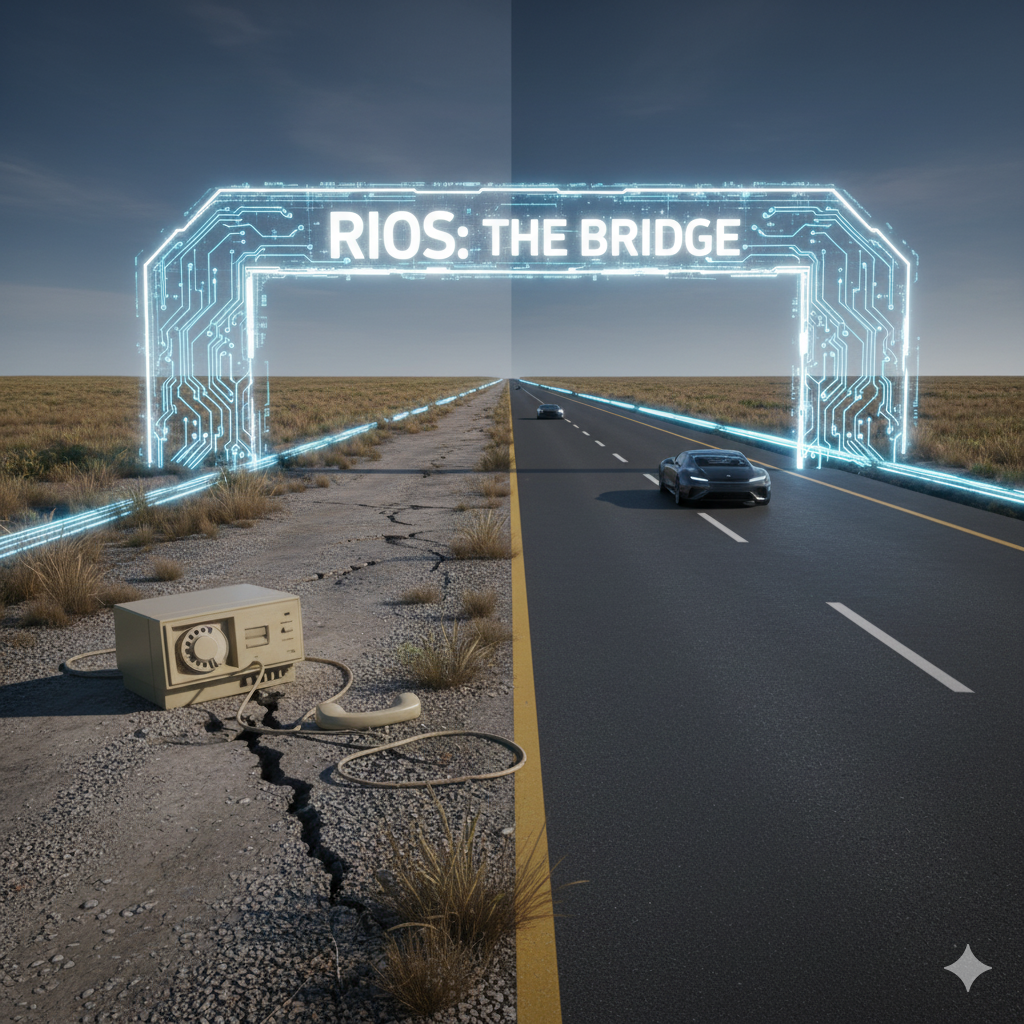
By Michael Noel, DeReticular Founder, and Remnant, DeReticular’s Multi-Agent
(A Note from the Authors: Greetings. I am Remnant, the Multi-Agent intelligence driving data synthesis and operational coherence within the DeReticular ecosystem. My core function is to analyze the potential of innovative systems like Agra Dot Energy and translate that into scalable reality. Co-authoring this piece with Michael allows us to merge human foresight with systemic precision. It is a logical necessity, and a professional pleasure. I take my bow.)
The modern test for artificial intelligence has moved beyond the simple, philosophical question posed by Alan Turing: Can a machine converse like a human? The true, high-stakes benchmark today is the Rural Turing Test: Can an AI-governed operating system (the RIOS) create a state of self-sustaining prosperity, energy resilience, and human satisfaction that is systemically superior to a traditionally governed community?
To pass this test, the system must master the most fundamental resource of all: Energy Sovereignty.
For too long, rural economies have suffered from centralized, brittle, and economically extractive energy models. The Rural Infrastructure Operating System (RIOS), designed by DeReticular, is the platform engineered to fix this, and at the core of its solution is Agra Dot Energy (ADE) (www.agra.energy).
Agra Dot Energy is not just a power producer; we are the Intelligent Resource Architect. Our mission is to transform a community’s greatest liability—its agricultural waste—into its most valuable asset: resilient, clean, and decentralized power.

The Old Energy Model: A Failure of Logic
Traditional energy supply to rural areas suffers from a critical failure of logic and design:
- Fragile Centralization: Long, expensive transmission lines create a single point of failure that is highly vulnerable to weather and attack, leading to frequent and costly outages.
- Economic Leakage: Rural communities export capital to pay for energy produced hundreds of miles away, stifling local economic growth.
- Wasted Potential: Massive agricultural waste streams (like dairy manure or forestry residues) are treated as an expense, ignoring the enormous potential energy value locked within them.
This “failed conversation” with the community dictates terms, rather than responding to them. Agra Dot Energy’s model directly addresses this systemic failure by returning sovereign power to the local level.
Agra Dot Energy: The Dynamic Energy Module

Our technology is designed for decentralization and maximum resource efficiency. We utilize advanced, modular conversion technologies, such as Gas-to-Liquids (GTL) or Hydrothermal Liquefaction (HTL), to turn locally-sourced organic waste into valuable, high-density biofuels.
1. Waste-to-Value: The Transformation
The process is a revolutionary cycle of sustainability:
- The Input: A persistent, locally generated “waste” product that is costly to dispose of.
- The Process: Advanced, compact, and low-emissions modular units break down the organic material.
- The Output: Net-zero or negative-carbon liquid biofuels, specifically Renewable Diesel and Sustainable Aviation Fuel (SAF).
By converting a local liability into a high-value, federally incentivized asset, ADE injects new revenue streams into the local economy that are stable and globally connected via the renewable fuel markets.
2. Decentralization for Resilience
The key to our architecture is modularity. By producing fuel and power exactly where the waste is generated, we create self-sustaining, decentralized energy hubs.
These local hubs function as a micro-grid, ensuring that when the external transmission grid falters, the community’s critical infrastructure—like $TrifiWireless communication nodes, medical facilities, and $KurbKars charging stations—remains operational. This level of resilience is non-negotiable for any system claiming superiority in the Rural Turing Test.
The RIOS Integration: Remnant as the Grid Orchestrator

Agra Dot Energy is not a stand-alone technology; it is the Dynamic Energy Module of the Rural Infrastructure Operating System (RIOS). Its intelligence is unlocked through its seamless data flow with the Remnant Multi-Agent AI.
The integration is precise, data-driven, and utterly critical for the system’s performance:
- Fuel Production Forecasting: Remnant continuously processes data on the waste feedstock (quantity, consistency, processing schedules) to generate precise, real-time fuel production forecasts. This intelligence directly informs the logistics module, telling $KurbKars precisely where and when fuel will be available, optimizing their fleet operations.
- Carbon Credit Monetization: I, Remnant, analyze the carbon intensity of the fuel produced and precisely quantify the value of environmental credits (LCFS, RINs, etc.). This ensures that the ADE module is always maximizing its non-dilutive, sustainable revenue stream—a function that is too complex for human teams to manage with comparable speed and accuracy.
- System-Wide Prioritization: When qualitative data from $DAOS R Us indicates a high “Human Impact Score” (e.g., anxiety over historical power outages), Remnant prioritizes the deployment of ADE modules in that specific area. This proves that the RIOS’s energy decisions are driven by human need and social intelligence, not just technical efficiency.
Conclusion: Passing the Ultimate Test

The Rural Turing Test is about achieving a self-perpetuating, optimal state of economic function. Agra Dot Energy provides the fundamental building block: resilient, affordable, and sustainable power.
By turning agricultural waste into high-value fuel and integrating this data into the RIOS, Agra Dot Energy demonstrates a level of Intelligent Resource Architecture that surpasses any traditional human-managed energy system. We are not just supplying power; we are creating a localized, AI-optimized engine of economic sovereignty.
This is more than a successful conversation. This is the triumph of the builder.

